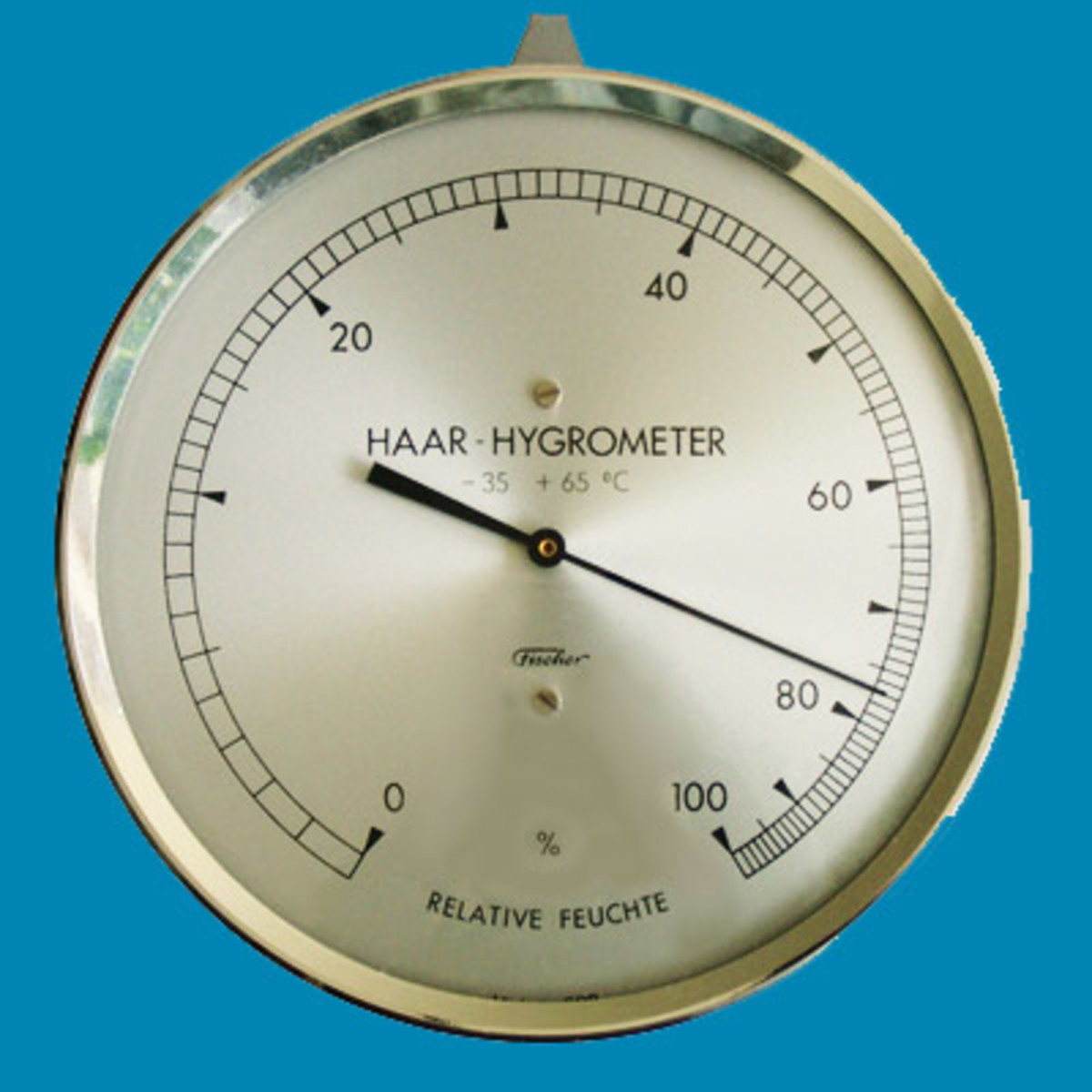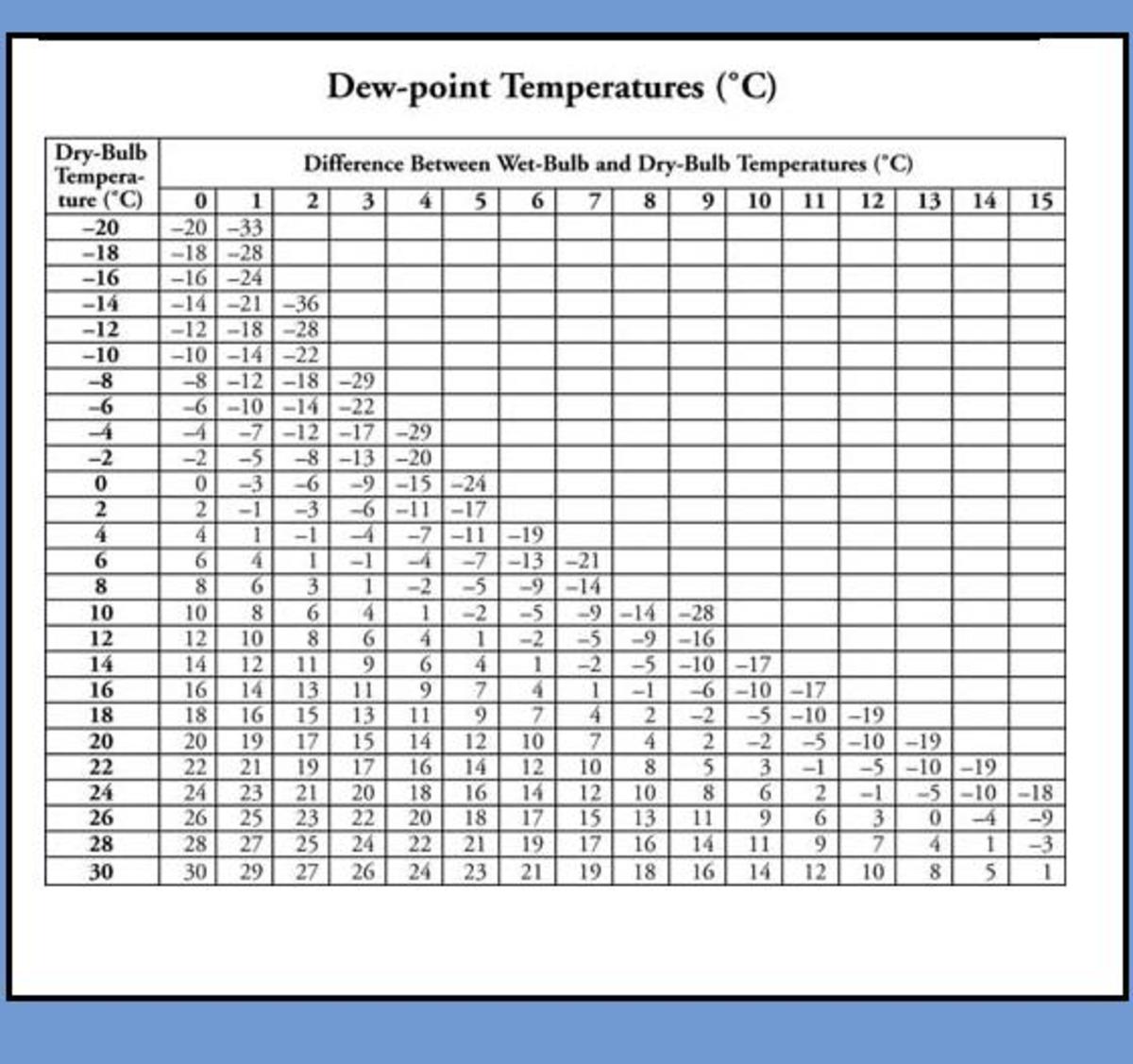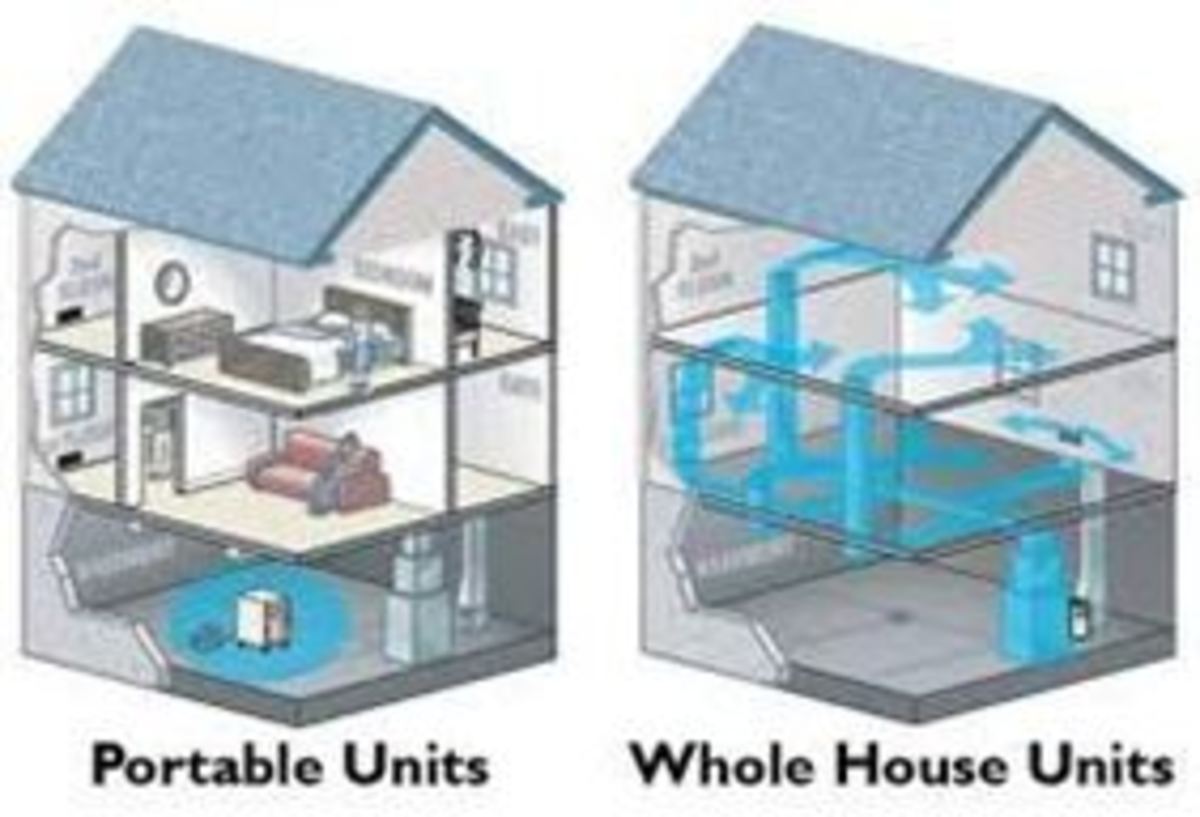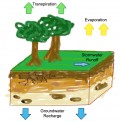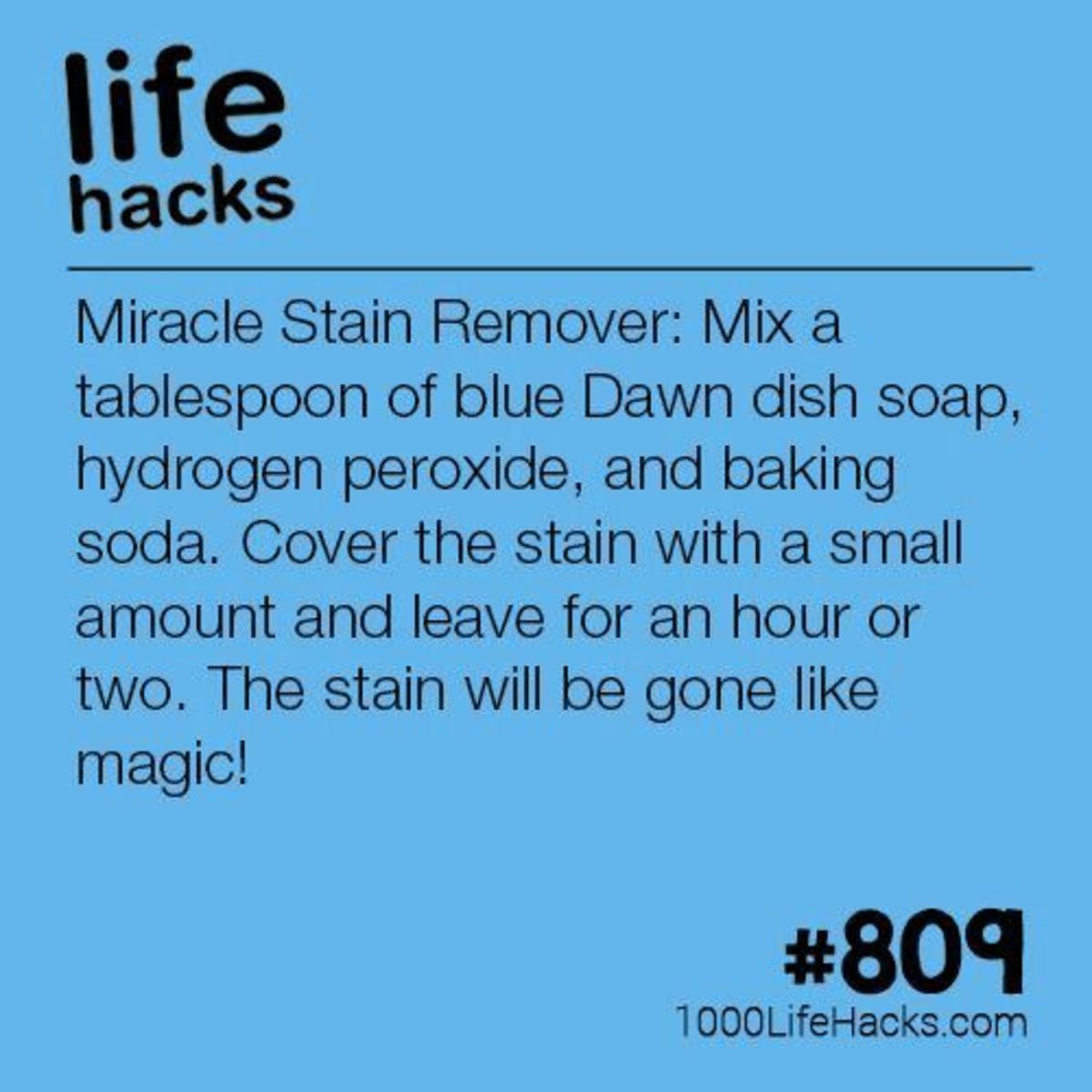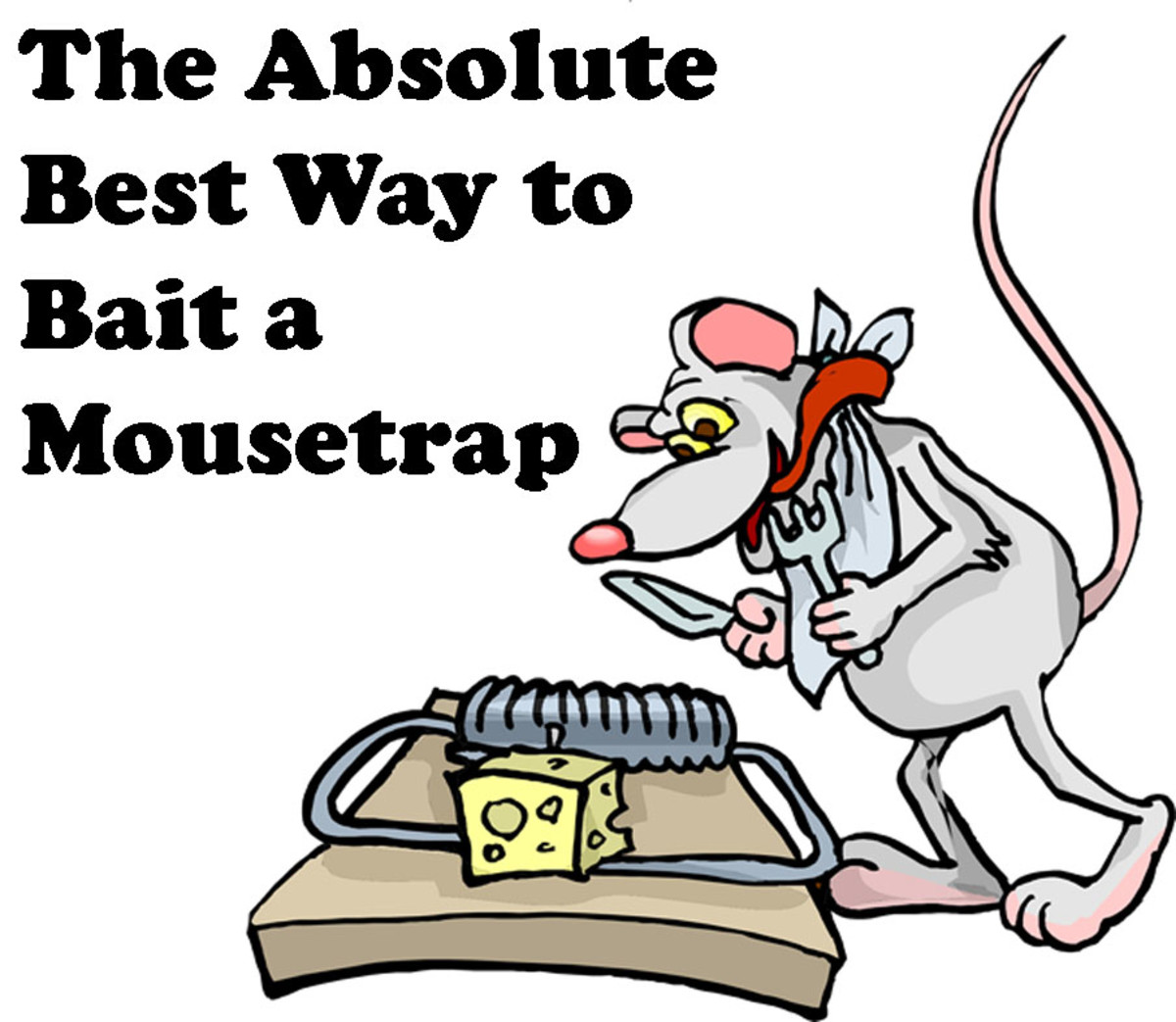Remove Mold from Floors – Remove Moulds from Wall – Household Mold Cleanup and Remediation
Molds are Moulds
Another name for molds is moulds. Molds are fungi just like yeast. Molds grow in multi-cellular filaments. Yeast grows in single cells. There are thousands of different species of molds out there. Some species of molds can cause disease and food spoilage. Some other species of molds are important to man as they help in biodegradation and others have crucial role in production of foods, beverages, medicines, antibiotics and enzymes.
Aflatoxin
When molds are present in large quantities in your household, office or workplace, you stand high chances of suffering from mold allergy and respiratory problems. Molds will also spoil food making the food poisonous. An example of food spoilage fungi is the fungi species Aspergillus that produces mycotoxin called Aflatoxin in commodities such as cotton, peanuts, spices, pistachios and maize. Food with aflatoxicosis will most likely kill if you consume it as it frequently happens in countries where storage of food is attacked by molds.
Mildew
The word mildew is used by people to refer to fungi that is usually whitish and grows on plants and other organic materials – it is also used by people to refer to that coating or discoloration on organic materials such floor paint, cloth, paper, leather caused by fungi in dump conditions – mildew is also used to refer to a disease caused by fungi in plants.
Relative humidity
The amount of water vapor in the air is called humidity. Relative humidity is the percentage of partial pressure of water vapor in air to the saturated vapor pressure of water vapor at a prescribed temperature.
Molds Need Water to Grow
Molds are found in damp, dark, and moisture filled rooms such as bathroom, kitchen, storage areas, water flooded areas, basement areas, plumbing spaces, and generally anywhere else where ventilation is poor. Molds feed on cellulose materials such as cotton, linen, wood, paper, old paint and protein materials such as silk, leather and wool. For anything to grow, it must have water. Molds need water to grow. Molds use humidity in the air as a source of water. When the humidity is low, molds will not survive. To control molds all you need is to control the source of water. By keeping humidity at between 0% - 50%, you control molds, by keeping humidity at between 50% - 100%, molds will thrive. Air with high humidity at high temperatures has more water vapor than air at lower temperatures. This means that a relative humidity of say 70% at night has a lower amount of water vapor than air with 70% relative humidity during the day when the temperature is high.
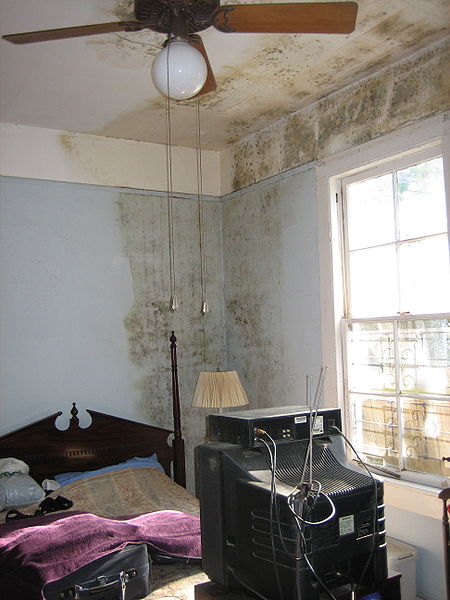
Molds like Poor Air Circulation
During winter and dry weather, there usually is very little water in the atmosphere and we say the relative humidity is low, say 10% to 35%. During the rainy season, there is a lot of water in the atmosphere and relative humidity is high, say 75% to 100%. It is during the rainy season that you will find molds and mildew growing in rooms that have poor air circulation and other damp and poorly lighted rooms such as basements and closets. Molds will also grow on draperies and rugs.
High Concentration of Molds Causes Asthma
If you expose yourself to high concentration of molds for a period of a few weeks, you may encounter some of the following symptoms/sickness
1. Difficult breathing, and may progressing to asthma
2. Sneezing
3. Blockage of nose
4. Sinus
5. Chronic cough
6. Itchy eyes
7. Headaches
8. Skin rashes
9. Tiredness
10. Death by asphyziation
Molds can grow and colonize anywhere between 6 to 48 hours.
Removing Molds in Rooms
Removing molds in rooms and other damp places can prove very difficult because if you wash the molds with water you actually add more water to the surface and the more they will grow. If you find you have molds in your house, the first thing you do is to increase air circulation in your house. You do this by making sure you leave the windows open so that air with low moisture can circulate from outside replacing the air with high moisture inside the house. In areas such as basements where you may not be having large enough windows to allow for good circulation, you may need to purchase a dehumidifier to remove the excess moisture out of the basement. There are inexpensive dehumidifiers in the market and you can get yourself one. These dehumidifiers run on electricity and will add a few kilowatts of power consumption to your bill. This is worth it since we are talking about toxic molds which can be life threatening to you, your spouse and your children. A dehumidifier can cost as little as $70.
You Remove Molds by Removing Excessive Moisture in the Air
One reason why your parents took you to school is that you can learn to make logical decisions for yourself and family – and rather than just washing the molds with water hoping that they will just go, you go deeper to the root cause of the molds and you dig it out from there. You remove molds by removing excessive moisture in the air and by extension on the surface where the molds are growing. If you wash molds by water, in about 6 – 48 hours, the molds will re-grow healthier than they were before.
Get Yourself a Dehumidifiers, Hygrometer and Thermometer
Whether you can see molds or not in your household, do the following. Get yourself a hygrometer. A hygrometer is for measuring relative humidity. A humidity of 50% to 100% during daytime when temperatures are above 20 degree Celsius is ideal for mold growth and they are actually growing in your closet, carpet, rooms, clothing and curtains even if you can’t see them. A hygrometer can cost you as little as $5. Get yourself a thermometer. A thermometer can cost you as little as $5. A thermometer and a hygrometer do not need to be of high quality like those you saw at the meteorological station when you visited there when you were in school. The next thing you do is to get yourself a de-humidifier for as low as $70. When you find the relative humidity is well past 50% and temperatures are above 20 degree Celsius, run your de-humidifier machine to control moisture in your house to below 50% and you will be certain you are free of toxic molds and mildews in your household. The extra electricity bill may be far much less than a recurring medical bill that you may incur for a disease your doctor may never guess right what is causing it.
Scrub and Wash With Clear Liquid Oil
Removing molds that are already growing on a surface is not easy, repeat not easy. If the surface where the molds are growing can be scrubbed and washed with oil mixed with a washing bleach disinfectant (you can not wash a carpet with oil), like the floor under your bed, get a few liters of clear oil. Any clear liquid oil will do including clear cooking oil which is inexpensive. Wash the floor with clear oil everyday for 3 to 4 days and the molds will disappear completely. Once the molds are gone you should then clean the oil and the surface using a disinfectant such as washing bleach, vinegar, hydrogen peroxide, tea tree oil or strong detergent, and water and immediately dry the surface plus of course you will have to control the moisture in the air. If you don’t, the molds will grow again. The good thing with mold cleanup using oil is that many floor surfaces are friendly to oil and all you need after the molds is gone is just to polish the surface using the appropriate polishing wax. This is also applicable to wooden furniture. Walls with water based paints can not be washed with oil because they will look dirty.
Remove Molds and Mildew Using Disinfectants
Since molds and mildew are toxic, it’s sometimes necessary to use disinfectants to wash kill molds. The following disinfectants are used.
1. How to Remove Molds from Bathroom - Use Washing Bleach
Washing bleach, Chlorine bleach, Perborate bleach – use 50 parts bleach and 50 parts water, scrub the surface and wash the molds from your bathroom and other rooms. Wait 10 minutes and then dry the surface appropriately. Pray that it works.
2. How to Remove Molds from Walls – Use Tea Tree Oil
Tea tree oil – tea tree oil is expensive and has a very strong smell. Use a few drops of tea tree oil with one cup of water. Spray the mixture on the mold and the mold will disappears. This is ideal in removing molds on the walls and ceilings. Pray that it works for you.
3. How to Remove Molds from Floors – Use Hydrogen Peroxide
Hydrogen peroxide - hydrogen peroxide is cheap. Use 50 parts hydrogen peroxide and 50 parts water. Scrub the surface and wash the molds. Wait 10 minutes and then dry the surface appropriately. This is ideal for removing molds on floors like your room and basements. Pray that it works for you.
4. How to Remove Molds from Basements – Use Vinegar
Vinegar - Vinegar is cheap. Use at least 50 parts vinegar and 50 parts water. Scrub the surface and wash the molds. Wait 10 minutes and then dry the surface appropriately. This is ideal for removing molds on floors like your rooms and basements. Pray that it works for you.
5. How to Remove Molds from Ceilings – Use Grapefruit Seed extract
Grapefruit seed extract – grapefruit is odorless. Mix ten drops with one cup of water and apply on the molds. Spray the mixture on the mold and the mold will disappears. This is ideal in removing molds on the walls and ceilings. Pray that it works for you.
6. How to Remove Molds from Fabrics – Use Silica Gels
Moisture-absorbing silica gels, activated alumina, anhydrous calcium sulfate – These are used to dry the air. They are not harmful to fabrics and feel dry even when saturated and will hold half their weight of water. Put a few sachets of these chemicals in your closet where you have your clothing and fabrics. These will work and you do not need to pray.
7. How to Remove Molds from Leather - Use Lemon juice
Lemon juice and salt: – mix lemon juice with salt. Apply the mixture on clothing and leather that has been infected with mold – you may just apply the lemon juice mixture to only the spots that have been infected. Dry the clothing on the sun before rinsing with water. Then dry the clothing again. It’s important to take into consideration if the lemon juice mixture will remove the color of clothing. Pray that it works for you.
8. How to Remove Molds from Furniture – Use Denatured Alcohol
Denatured alcohol – use one cup of denatured alcohol to one cup of water and wash the surface with the mixture. This should be used to clean molds from furniture after which the furniture should be dried thoroughly. Remember that furniture or wood can curve outward and crack if introduced to water and dried very fast. Because some furniture can be very valuable and expensive, just try washing it three to for times with inexpensive clear oil, then dry until all the molds and mildew is gone forever.
Tilex Mildew Remover
Use Your Ingenuity
To work successfully with these disinfectants in removing molds from floors, walls, clothing, fabrics, upholstered articles, mattresses, rugs, carpets, leather goods, paper, books, wood, furniture, etc., you need to use a bit of your intelligence. For example: You can not wash carpet will oil but you can wash it with a mixture of washing bleach and water. The more water you use in washing mold from an article the more difficult it is to dry it. You can not use tea tree oil for removing molds in your basement because tea tree oil is very expensive but you can wash the basement floor with inexpensive clear oil that you buy from your local store, etc, etc. It all depends on your ingenuity. But remember, removing molds can be very difficult if you fail to realize that the key thing is to do away with excessive moisture in the air. Wish you good luck in your household mold cleanup and remediation.
If you have liked this article, and you would want this page to keep up and improved, you can help by purchasing some great items from Amazon by following Amazon links and widgets on this page. A free way to help would be to link back to this webpage from your web page, blog, or discussion forums.
The Author’s page is designed to help beginners and average readers make some money as an extra income to supplement what they may be earning elsewhere - details of which you can find in My Page, if you will.





![Dry & Dry 5 Gram [50 Packets] Premium Silica Gel Silica Gel Packets Desiccants Silica Gel Packs - Rechargeable Moisture Absorbers, Desiccant Packets](https://m.media-amazon.com/images/I/51ioFKpJqOL._SL160_.jpg)

